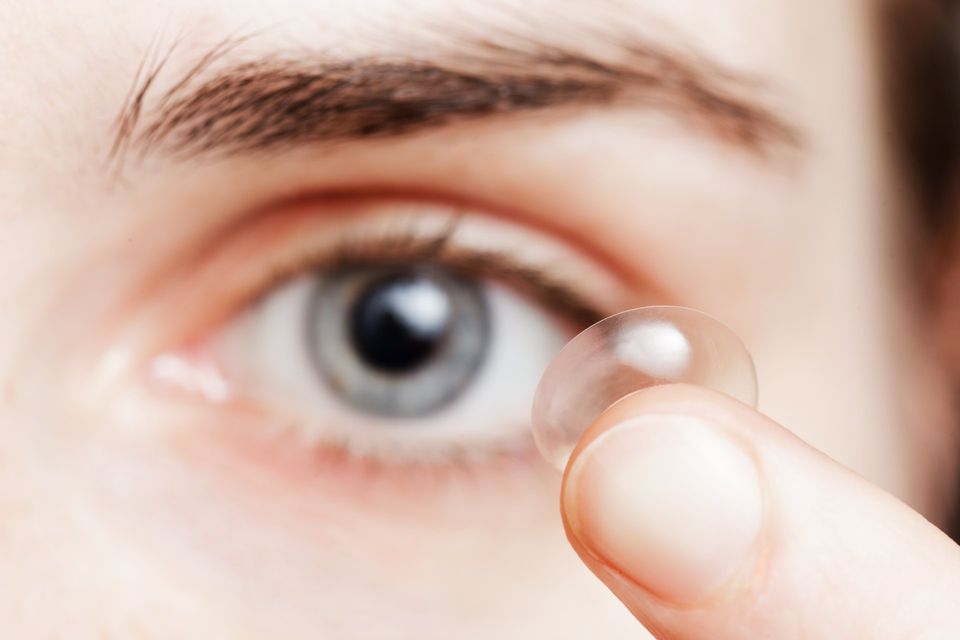Contact lenses provide novel treatment option for ocular diseases

A cross-collaborative partnership between the University of New South Wales (UNSW) and Uka Tarsadia University in India will see researchers investigate whether drug delivery through contact lenses can better control, manage and treat ocular diseases.
Diseases such as glaucoma, dry eyes, conjunctivitis, myopia development and macular degeneration are currently treated using eye drops, however, eye drops are often unable to deliver enough drug or have the drug resident on the eye long enough for it to be truly effective according to Professor Mark Willcox from UNSW’s School of Optometry and Vision Science.
“Using contact lenses to deliver the drugs can overcome these problems and may be used to treat ocular diseases,” said Willcox.
“There have been some other products, such as sponges that are placed under the lower lid - but these have problems with comfort and remaining in place throughout the day.”
According to Willcox, contact lenses make the ideal drug delivery system, especially for drugs to treat ocular diseases.
“One of the issues with current delivery systems is the difficulty some people have in applying drops to their eyes, and also many people forget to apply the drops,” said Willcox.
“But, if you need a correction for your vision, and especially if you have worn contact lenses previously, you would remember to wear your lenses in order to see properly, and you would be familiar with how to wear lenses - therefore you would get the right amount of drugs delivered to treat the disease each day.
The process for delivering the drugs within the contact lenses is simple and sees the lenses soaked in the drugs and then applied to the eye of the user and worn, just like standard contact lenses.
However, this brings a range of challenges that researchers have yet to overcome.
“By soaking the lensing in the drug, this tends to deliver a high burst dose of the drug, which is rapidly removed from the eye. We are looking at ways to prolong the drug release so that enough remains on the eye throughout the day to treat the disease” said Willcox.
“One way of doing this is to make the contact lenses in the presence of the drug - encapsulating that drug into the lens. The polymerisation of the lens then makes it more tortuous for the drug to escape from the lens - and so prolong the delivery of the drug.”
Dr Maulvi from Uka Tarsadia University’s Maliba Pharmacy College said the potential of the research partnership was exciting.
“I look forward to working with the team at UNSW to develop novel therapeutic contact lenses to treat various anterior and posterior eye diseases,” said Dr Maulvi.
Dr Alex Hui from the UNSW School of Optometry and Vision shares Dr Maulvi’s sentiment to the future implications of this medical research.
“The partnership will allow for complementary collaborations between engineers, pharmacists, pharmacists, optometrists and chemists. It comes at a critical time where research interest in managing diseases such as dry eye and myopia development is increasing both from clinicians and patients” said Dr Hui.
Students at both universities will also have the opportunity to work on the collaborative project alongside basic and clinical scientists in emerging areas of research in contact lenses, drug delivery and the ocular surface.
According to Wilcox, this research could be available as a treatment option in Australia in the not so distant future.
“I would think, given the regulatory requirements, at least five years from 2020,” said Wilcox.










